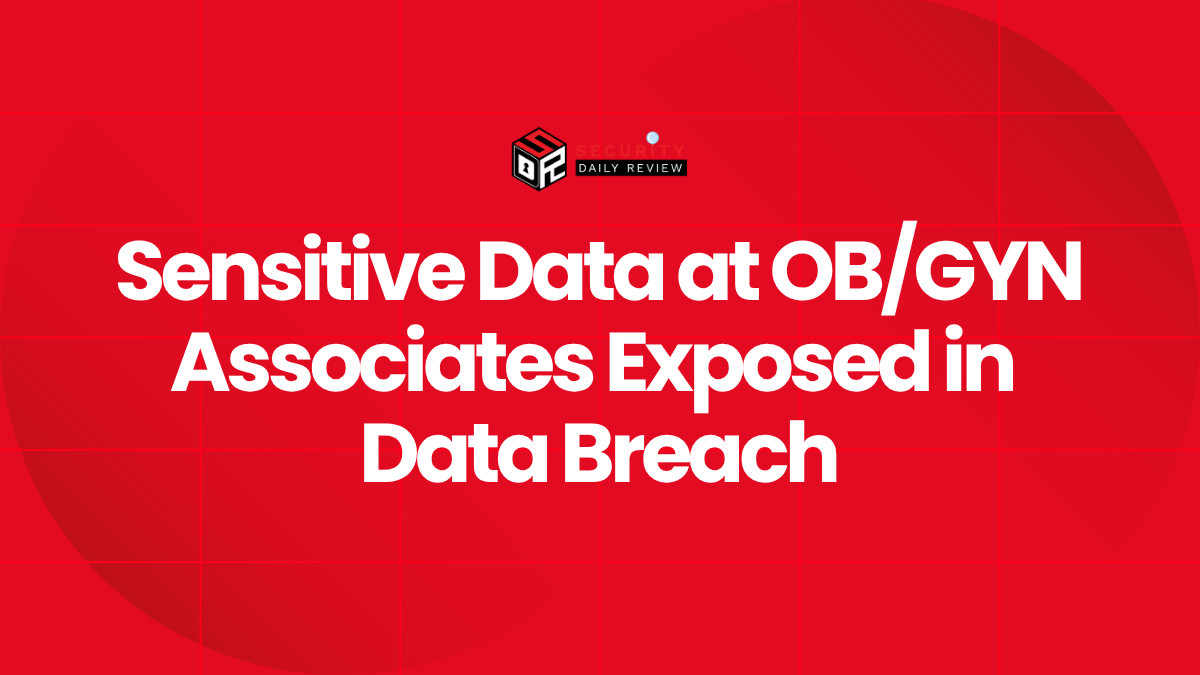An unspecified number of patients at the healthcare provider OB/GYN Associates have had their personal information exposed after a security incident that targeted the organisation’s systems.
OB/GYN Associates Breach Details and Types of Data Impacted
OB/GYN Associates recently notified affected individuals that it discovered a data breach involving its patient records. According to the incident notification, the exposed information may include full names, dates of birth, contact details, treatment codes, and health-insurance identifiers associated with certain fertility and obstetric services.
The intruders accessed internal files that contained patient data from the period spanning mid-2023 to early 2025. While the organisation has not publicly disclosed the exact number of affected patients, the provider acknowledged that the data exposure involved “some patients” who received services during that timeframe.
Why the Incident Poses Elevated Risk to Patients
The breach is especially sensitive because it affects a specialised medical service provider handling fertility, prenatal and obstetrics care — areas in which personal health data is deeply personal and highly regulated. Exposed patient names associated with specific service codes or record types could facilitate targeted phishing, identity theft or emotional-harm risks in addition to the more routine privacy concerns.
Healthcare-law experts say that an exposed identification number combined with dates of service, provider location and treatment type can be leveraged by attackers to craft highly convincing schemes or to access other related health portals.
Organisational Response and Next Steps Recommended
OB/GYN Associates has stated that once the breach was detected it took steps to contain the incident, engage a forensic investigation, and enhance security controls. The organisation is now offering affected patients complimentary credit-monitoring services and is assisting with any questions related to identity protection.
Affected individuals are encouraged to:
- Review health-insurance statements for unfamiliar provider codes or services
- Activate fraud alerts with credit reporting agencies
- Monitor email and text communications for suspicious messages purporting to come from the provider or insurers
- Confirm any portal accounts associated with the provider and change passwords using strong, unique credentials









